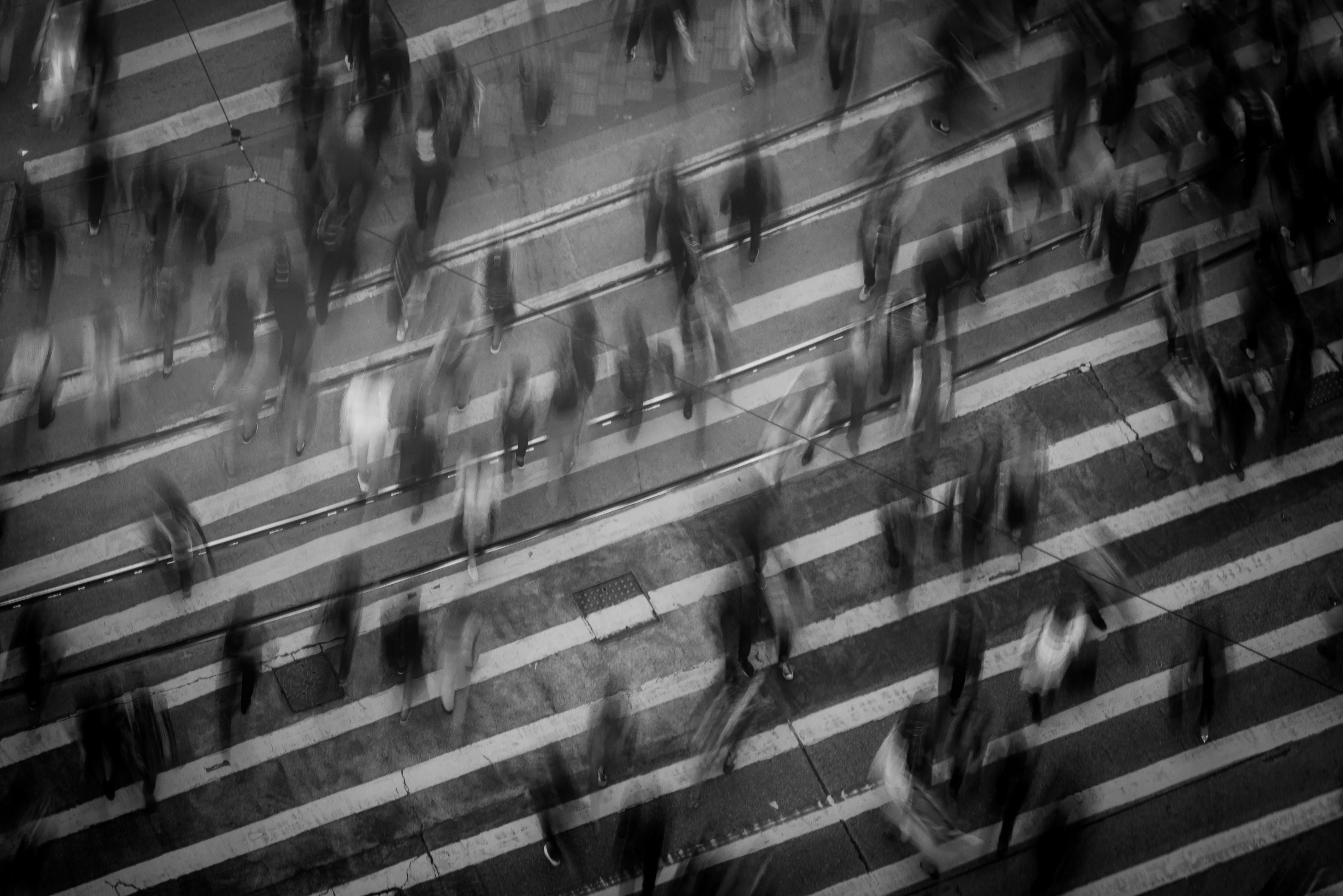Social anxiety is a common psychological condition characterized by a persistent fear and discomfort in social situations. The intense discomfort of social anxiety often stems from fear of being misunderstood, humiliated, or rejected when a person becomes the center of attention, such as giving a presentation, expressing thoughts to a group of people, or having to talk about themself in an interview. According to the Diagnostic and Statistical Manual of Mental Disorders (DSM-5), the estimated lifetime prevalence of social anxiety disorder in the United States is around 7%.
How does social anxiety feel?
Social anxiety feels like being trapped in a room full of people, but you’re the only one who can see the walls closing in.
Social anxiety isn’t a choice; it’s a constant battle between wanting to be invisible and wanting to be seen and understood.
Social anxiety isn’t just being shy; it’s feeling like you’re constantly being judged and criticized, even in the simplest of social interactions.
Living with social anxiety is like carrying an invisible weight that no one else can see or understand.
How to Cope with Social Anxiety
If you’re seeking strategies to cope with social anxiety, here are some approaches that can help:
- Cognitive-Behavioral Techniques: Cognitive-behavioral therapy (CBT) is an evidence-based approach for treating social anxiety. With the help of a trained therapist, CBT can help you identify and challenging negative thoughts and beliefs associated with social situations. Some techniques used in CBT include cognitive restructuring, where you learn to replace negative thoughts with more realistic and positive ones, and exposure therapy, where you gradually and systematically face feared social situations to reduce anxiety over time.
- Deep Breathing Exercises: Deep breathing and relaxation techniques can help calm your body and mind when you feel incredibly anxious. When practicing diaphragmatic breathing, inhale deeply through your nose into the depths of your lungs while counting for four seconds (one-one-thousand, two-one-thousand, three-one-thousand, four-one-thousand). You should see your abdomen expand. Then, hold your breath for four seconds, and exhale slowly through your mouth for four seconds. Repeat these steps for a total of at least 10 deep breaths.
- Gradual Exposure: Gradual exposure involves exposing yourself to feared social situations or stimuli in a gradual and systematic way. Start with situations that provoke mild anxiety and gradually work your way up to more challenging ones. For example, if the thought of presenting to a class causes anxiety, you could first practice presenting to an empty room, then to one person you trust, then to a group of friends or family you trust, then practice presenting to just your instructor, etc. This approach allows you to build confidence and tolerance for the body’s anxiety responses over time.
- Externalize Your Awareness: The anxiety response in the body can include very uncomfortable sensations, including a racing heartbeat, sweating, feeling cold and clammy, and shaking. When you worry about these uncomfortable sensations, the anxiety response increases. To prevent the cycle of anxiety from worsening, turn your focus away from internal sensations and toward stimuli in the room: notice the color of people’s shoes, the patterns on their clothing, the texture of carpet and walls, the images on posters and artwork, the way light casts shadow patterns in the room.
- Challenge Negative Assumptions: Social anxiety often involves distorted thoughts and assumptions about yourself and other people’s perceptions of you. Examples of distorted thoughts include catastrophic thinking such as If I make a mistake speaking in front of the class, then no one will ever like me or want to be my friend. Practice questioning and challenging these negative assumptions by considering alternative explanations and evidence that contradict them.
- Visualize Calming Imagery: Another way to distract the mind from focusing on physical anxiety symptoms or pursuing distorted thinking patterns is to visualize calming imagery in your mind. You can imagine being surrounded by light, walking through a field of flowers, or walking hand-in-hand with a loving family member. This works because of the strong mind-body connection that allows mental perception to influence body sensations. Have you ever sensed a feeling of warmth while daydreaming about lying on a sunny beach? This is the power of visualization. For greatest effectiveness, involve all five of your senses while engaging your imagination by thinking of vibrant colors, clear sounds, pleasant smells and tastes, and comforting textures.
Remember that coping with social anxiety is a gradual and individualized process. It will take time and effort to implement these strategies effectively, so be patient and kind to yourself. For support, seek help from a mental health professional, such as a psychologist or therapist, who can help you develop personalized strategies and techniques to address social anxiety and offer guidance throughout the process.
What does recovery feel like?
Social anxiety taught me to appreciate the small victories – the moments when I pushed through my fear and allowed myself to be seen and heard.
Photo by Mike Chait. Created by AI on June 2, 2023. Edited by Sarah Kress.

